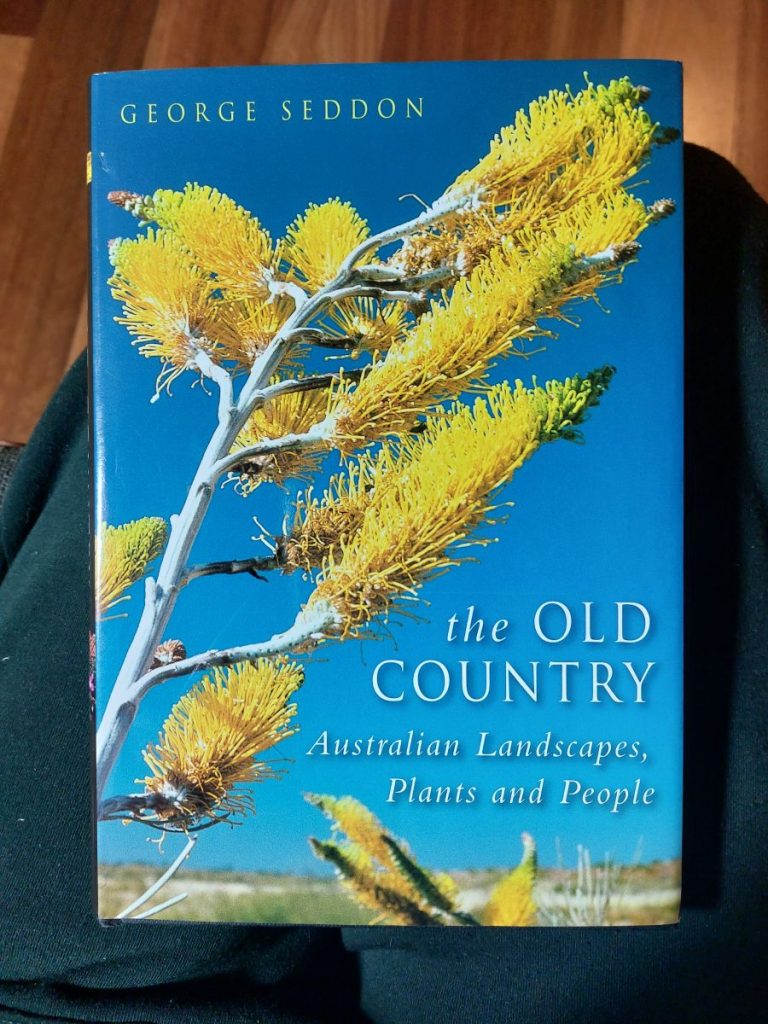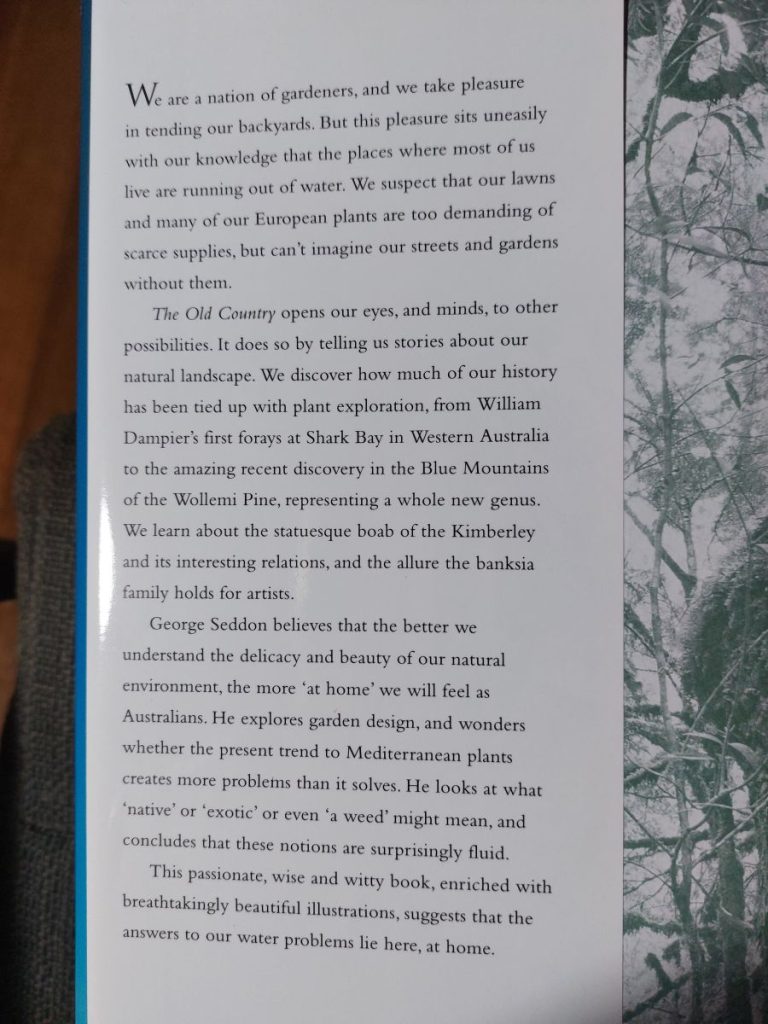
Part of any design is plant selection. We choose plants with the required physical attributes that suit our criteria. A few of these are height, leaf shape and colour, light, soil and water requirements, plant availability, ability to attract birds, bees and other insects and many more.
I have been trying to successfully grow a wide range of our native plants on a suburban garden on the north end of Sydney for nearly 50 years and have lost so many plants. The list is very long. My garden has a thinnish layer of “good soil” over a heavy clay base. There is also a lot of root completion from neighbours’ gum trees and little full sun, more dappled light.
Looking back at my long list of plants that I have planted and lost they were mostly sourced from retail nurseries (some from fellow APS members), I came to the conclusion that these plants nearly all were from three areas in Australia …….. Sydney’s sandstone, Victoria’s Grampians area and the wetter South West of Western Australia. As well, many Grevilleas were introduced into the retail nursery, especially the more showy and spectacular plants. The plants I chose were not ideally suited to my local environment and only lasted a short time. If I paid more attention to climate, I would have realised Sydney’s wet summers and autumns and dry winters and springs did not match a lot of my purchased plants’ local growing conditions. Another problem was many of these plant root systems were not able to grow into my heavy soils as their natural habitat was lighter free draining soils. Callistemons and Melaleucas were the exception but they are only really happy in full sun.
I have been rereading a book ‘the Old Country Australian Landscapes, Plants and People’ published in 2005 by George Seddon (1927-2007), who was an Emeritus Professor of Environmental Science at the University of Melbourne. This book is a great read and will get you thinking in many different ways about growing and designing with our native plants. It highlighted to me the folly (my words) of trying to grow native plants that were not suited for my local environment. Why was I trying so hard, was it a nationalistic concept I had, or even a purist endeavour to grow only Australian Plants. This nationalistic approach has been replaced to a certain extent with a more environmentally friendly approach, as native plants generally have low water and fertilising requirements once established etc but not low care.
Another aspect is the concept is for greater use of planting local plants as they are more suited to local conditions. However there are drawbacks in this approach as most suburban blocks have had their soil vastly altered to what it was when this country was first colonised with the result that the soils may not now be suitable to native plants low phosphorous requirements. Another important factors is how procurable these plants are. As well, many do not fit into the ‘showy and prolific flowering’ category much sort after. Using local plants however, does have many advantages such as being ideally suited to the local environment, don’t become weedy, provide food for the local birds and insects etc so in some respect this concept should be encouraged.
So far, I feel I have been quite negative towards native plants however it has been a great time to witness the ever-increasing range of our native plants that are now available commercially. So do your research, especially with the Australian Plants Society (NSW) 1000 plus and growing, plant profiles that are on their website, before purchasing plants and you will have much better success with them long term.

